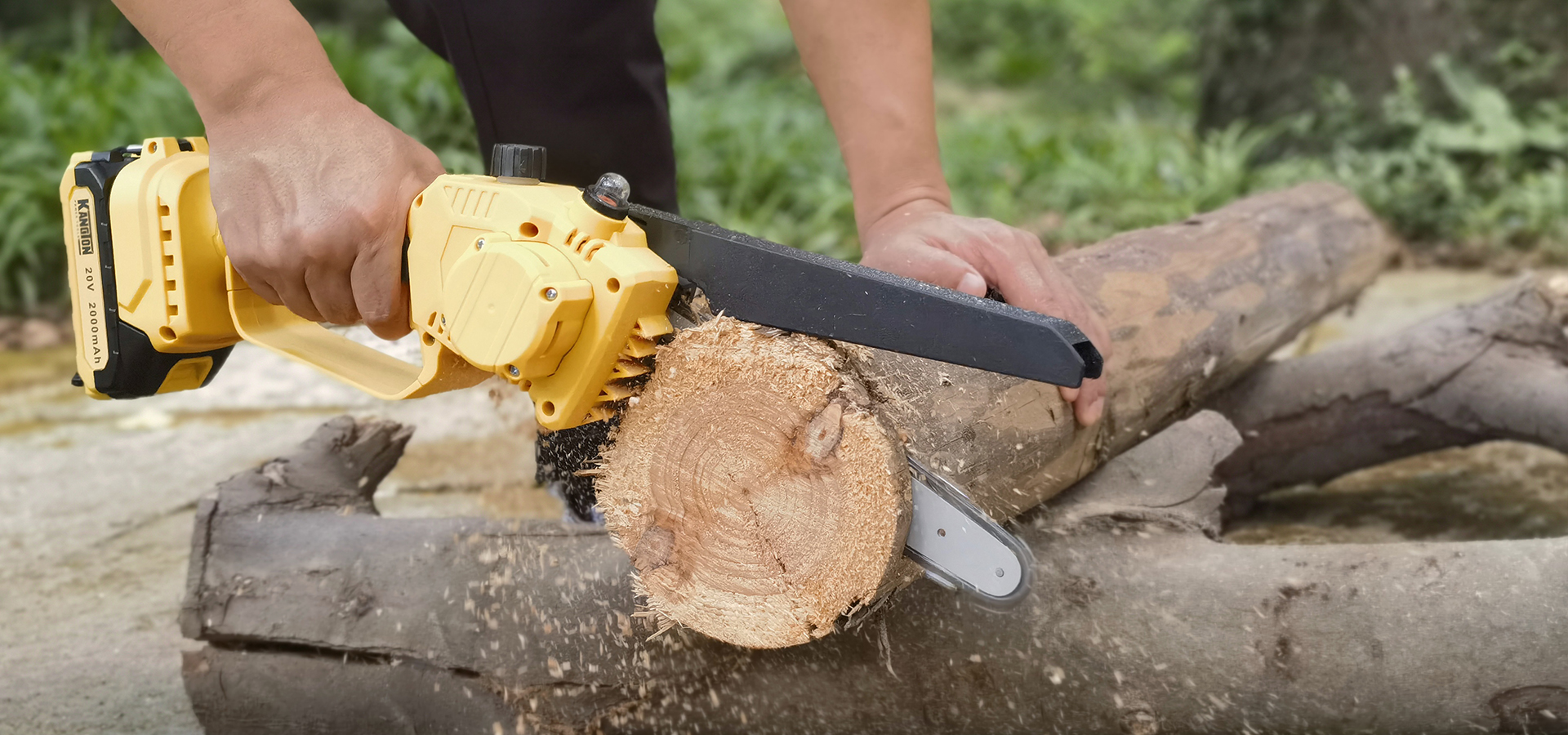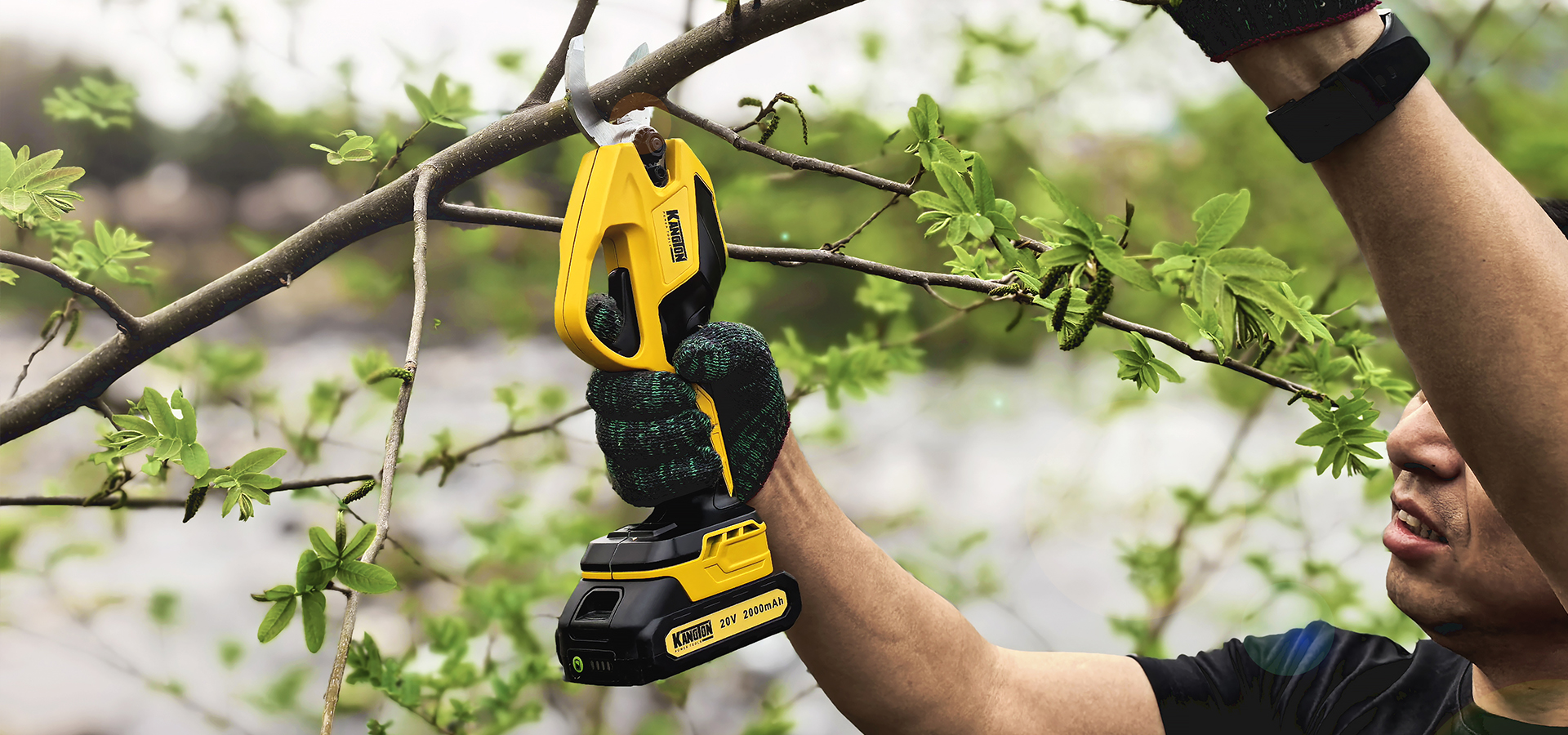You may have gotten a flat tire and needed to install your spare. You may want to remove your wheels to rotate the tires for maintenance. You may need to do other work, such as a brake job or replace a wheel bearing.
No matter what the reason may be, knowing the correct way to remove and install your wheels and tires can assist you in preventing damage and getting you out of a bind. There are several key things to keep in mind when removing and installing the wheels.
Part 1 of 2: Removing the wheels
No matter the reason that you have for removing the wheels and tires, it is important to have the right tools and safety equipment to prevent damage to the vehicle or injury to yourself.
Materials Needed
- Hydraulic floor jack
- Jack stands
- Ratchet w/sockets (Tire iron)
- Torque wrench
- Wheel chocks
Step 1: Park your vehicle. Park your vehicle in a flat, hard and level surface. Apply the parking brake.
Step 2: Put wheel chocks in proper place. Place the wheel chocks around and of the tires that are to remain on the ground.
Tip: If you are only working on the front, place the wheel chocks around the rear tires. If you are only working on the rear, place the wheel chocks around the front tires.
Step 3: Loosen lug nuts. Using the ratchet and socket, or the tire iron, loosen the lug nuts on the wheels that are to be removed approximately ¼ turn.Step 4: Lift the vehicle. Using the floor jack, lift the vehicle on the manufacturer’s suggested lift point, until the tire to be removed is off of the ground.
Step 5: Place jack stand. Place the jack stand under the jacking point and lower the vehicle onto the jack stand.
Tip: If you are removing more than one wheel and tire at a time then you need to lift one corner of the vehicle at a time. Each corner of the vehicle that is being worked on must have a jack stand in place.
Warning: Do not attempt to lift one side of the vehicle or the entire vehicle at one time as damage or injury can occur.
Step 6: Remove lug nuts. Remove the lug nuts from the lug studs using a tire wrench tool.
Tip: If the lug nuts are corroded then apply some penetrating lubricant to them and give it time to penetrate.
Step 7: Remove the wheel and tire. Carefully remove the wheel and secure it in a safe place.
Some wheels can become corroded to the wheel hub and be difficult to remove. If this occurs, use a rubber mallet and hit the back side of the wheel until it comes loose.
Warning: When doing this, do not hit the tire as the mallet can come back and strike you causing serious injury.
Part 2 of 2: Installing the wheels and tires
Step 1: Place the wheel back on the studs. Install the wheel over the lug studs.
Step 2: Install the lug nuts by hand. Place the lug nuts back onto the wheel by hand at first.
Tip: If the lug nuts are difficult to install apply anti-seize to the threads.
Step 3: Tighten lug nuts in a star pattern. Using the ratchet or the tire iron, tighten the lugs nuts in a star pattern until they are snug.
This will assist in seating the wheel correctly over the hub.
Step 4: Lower the vehicle to the ground. Once the wheel is secure, carefully bring your vehicle back to ground level.
Step 5: Make sure lug nuts are at proper torque. Torque the lug nuts to manufacturer’s specifications using a start pattern.
When removing and installing your wheels and tires, it is very important to tighten the lug nuts down using an alternating star pattern, and torquing them to specifications. Failure to do so can allow the wheel to come off of the vehicle while you are driving. If you are having any trouble removing the wheels from your vehicle or think that there is a problem with the lug nuts, then you should get some help from a certified mechanic that can tighten the nuts for you and make sure your wheel is properly installed.
Post time: Mar-31-2021



